|
The Astronaut's Statements
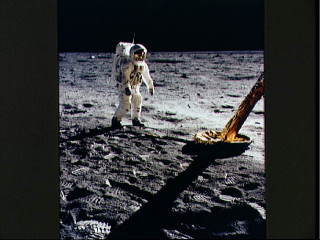
The
astronauts didn't tell you everything they saw when they
walked on the moon.
Others may have been there before them.
Russian Alien Encounters
The Astronauts
Modern Aircraft
Technology
The Moon
The
Astronaut's Statements
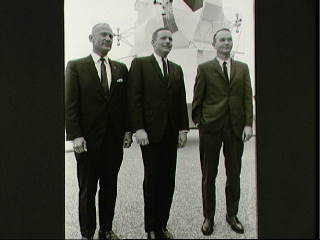
Apollo
astronauts
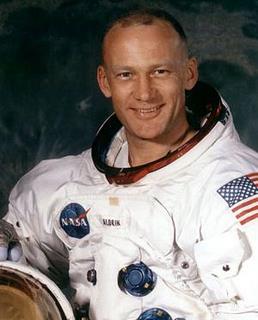
Astronaut Buzz Aldrin
Neil
Armstrong and Edwin "Buzz" Aldrin
Both Neil Armstrong and
Buzz Aldrin saw spacecraft
shortly after landing on the moon. Here is what Russian scientists
claim after
having had a few conversations with Armstrong:
"Neil Armstrong relayed the
message to Mission Control
that two large objects were watching them after having landed, near the
moon
module. But this message was never heard by the public, because NASA
censored
it."
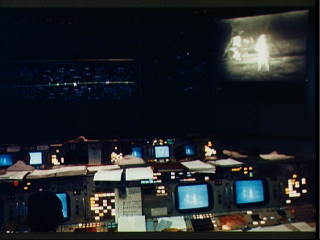
NASA
Mission Control during space walk.
Dr.
Vladimir Azhazha
Dr. Aleksandr Kasantsev states that
Aldrin took color
movie film of the UFOs from inside the module and continued filming
them after
Armstrong went outside. Soviets say Armstrong said the story is true.
He also
told them the CIA was behind the cover-up.
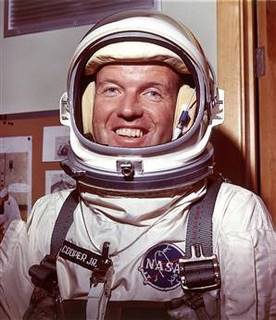
Major Gordon Cooper
Major
Gordon Cooper
Major Gordon Cooper was one of the
original Mercury
astronauts and the last American to fly in space alone. On May 15, 1963
he
blasted into space in a Mercury capsule for a 22-orbit journey around
the
planet.
In
1978 Major Cooper appeared before the UN General
Assembly and asked for "open discussions" on the unidentified
spacecraft matter. Cooper says the secrecy started out back in World
War II or
shortly thereafter.
"I think they thought the public
would be frightened by
knowing somebody had some vehicles that had so much better performance
than
anything we had, that maybe it would create panic if the public learned
about
them."
"They probably
tried hushing it up until they found out
more about them. Then as time went on, it just got more embarrassing
trying to
cover it up."
Cooper also wrote the
following:
"As far as I'm concerned there
have been far too many
unexplained examples of unidentified flying objects to rule out the
possibility
that some other life form exists out beyond our own world."
"With the
potential for there to be billions of planets
out there, it seems pretty arrogant to think God would not have put
life on
some of them."
Major Cooper also viewed film taken by a crew of U.S. Air
Force photographers using three different cameras to film landings
during test
flights. He describes what he saw on film:
"It was a typical
double-inverted lenticular saucer. It
had three (landing) gear on it and it put down on the lake bed. They
were
filming it as it sat there and they filmed it as it lifted up. It
appeared to
be big enough to have a crew of full-sized people on it."
Major
Robert White
During a 58-mile-high flight of an
X-15 aircraft on July
17, 1962, according to a Time magazine article, Major White exclaimed
over the
radio:
"I have no idea what it could
be. It was grayish in color
and about thirty to forty feet away." "There are things out there!
There absolutely is!"
Donald
Slayton
Donald Slayton, a Mercury astronaut,
revealed in an interview
that he had seen UFOs in 1951.
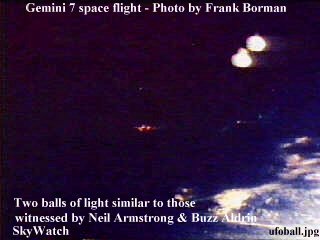
Photo
of two balls of light taken during the Gemini 7 space flight.
These
are similar to the balls of light seen by Neil Armstrong and
Buzz
Aldrin on their lunar flight.
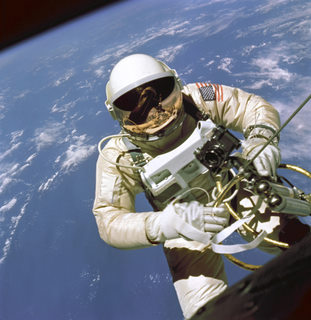
James McDivitt in space
Ed
White and James McDivitt
Astronauts Ed White (the first
American to walk in space)
and James McDivitt were passing over the Hawaiian Islands in the Gemini
spacecraft in June, 1965. They saw a strange-looking metallic object
with long
arms coming from it. The pictures have never been released. Astronaut
Gordon
Cooper later confirmed that McDivitt did, indeed, film something in
space.
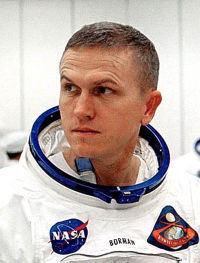
Frank Borman
James Lovell and Frank Borman
Astronauts James Lovell and Frank
Borman were in a Gemini
spacecraft when they saw a UFO during their second orbit of a 14-day
flight in
space in December, 1965. Borman reported that he saw an unidentified
spacecraft
some distance from their capsule. Gemini control told him he was seeing
the
final stage of their own Titan booster rocket. Borman confirmed that he
could
see the booster rocket, but that he could also see something else,
something
completely different. Here is the radio transcript:
Lovell: "Bogey at 10 o'clock high"
Control: "This is Houston. Say again
7."
Lovell: "Said we
have a bogey at 10 o'clock
high."
Control: "Gemini
7, is that the booster or is it an
actual sighting?"
Lovell: "We have
several É actual sighting."
Control:
"Estimated size or distance?"
Lovell: "We also
have the booster in sight!"
Joseph
Walker
NASA pilot Joseph Walker said that one of his tasks was
to detect UFOs during his X-15 test flights.
Eugene
Cernan
Eugene Cernan was the Commander of
Apollo 17. In a Los
Angeles Times article in 1973, he said this about UFOs:
"I've been asked (about
UFOs) and I've said publicly I
thought they were somebody else, some other civilization."
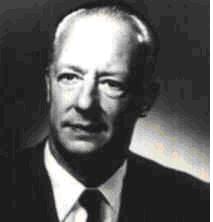
Maurice Chatelain in 1979
Chief of NASA Communications
Maurice
Chatelain
In 1979 Maurice
Chatelain, former Chief of NASA
Communications Systems, confirmed that Neil Armstrong had reported
seeing two
alien spacecraft on the rim of a crater when he was walking on the
moon. Chatelain
was a respected scientist and engineer. He had received 11 patents and
was
formerly the head of Engineering Radar and Communications Systems for
Ryan
Electronics.
Says Chatelain:
"The encounter
was common knowledge in NASA, but nobody
talked about it until now. I think that Wally Schirra, aboard Mercury
8, was
the first of the astronauts to use the code name "Santa Claus" to
indicate the presence of flying saucers next to space capsules."
James Lovell
When James Lovell was on Apollo 8 he stated over his
radio: "Please be informed that there is a Santa Claus," as he came
around from the backside of the moon. Santa Claus was the code word used by NASA for alien spacecraft.
Donald B.
Ratsch
Donald B. Ratsch is an
investigator and researcher. His
specialty is collecting film footage from NASA space flights that show
UFOs
being present during the space flights. In November 1997 a personal
friend of
his arranged for him to meet with a man who said he had worked for NASA
during
the Apollo space missions. The man has requested anonymity, but here is
what he
told Ratsch:
During the Apollo
missions he was one of the people who
sat in front of the consoles monitoring information. The man was not
exactly
sure of which mission, but he figures it was most likely Apollo 12. He
knew it
did not happen during Apollo 11, because he was clear of the events
surrounding
the first landing on the moon, which was Apollo 11. He also knows it
was not
Apollo 13 because he distinctly remembers the problems surrounding the
Apollo
13 flight.
He recalls that one
evening during one of the flights,
things got rather slow and there were not a lot of people around. So
the man
tuned into the transmissions being broadcast from the spacecraft on the
air-to-ground/ground-to-air communications system. Things were rather
mundane until
about 8:30 p.m. when he heard the following exchange:
APOLLO: We have
company.
HOUSTON: Say again?
APOLLO: I say we have
company. (Short period of silence)
HOUSTON:
(Emphatically) You were told not to make
transmissions such as that! Put it on the flight recorder and we'll
discuss it
when you get back! (Long period of silence)
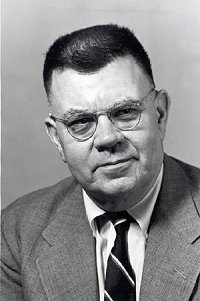
Dr. Edward Condon
Dr. Edward Condon
There are three visual sightings made
by the astronauts
while in orbit which in the judgement of the writer have not been
adequately
explained. These are:
1. Gemini 4, Astronaut
McDivitt. Observation of a
cylindrical object with a protuberance.
2. Gemini 4, Astronaut
McDivitt. Observation of a moving
bright light at a level higher than the Gemini spacecraft.
3. Gemini 7, Astronaut
Borman saw what he referred to as
a "bogey" flying in formation with the spacecraft.
The training and perspicacity of the
astronauts put their
reports of sightings in the highest category of credibility. Especially
puzzling is the first one on the list, the daytime sighting of an
object
showing details such as arms (antennas?) protruding from an object
having no
noticeable angular extension.
Dr. Edward Condon, Project Director
Final Report, Scientific Study of Unidentified Flying Objects
conducted for the U.S. Air Force
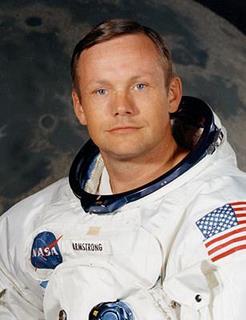
First Man on the Moon, Neil Armstrong
The First
Words on the Moon
The first words spoken
on the moon were not Neil
Armstrong's famous line: "That's one small step for man, one giant leap
for mankind." The actual first words were: "Contact light. Okay,
engine stop," and they were spoken by Buzz Aldrin. The next words were
spoken by Armstrong and they were: "Houston, Tranquility Base here. The
Eagle has landed."
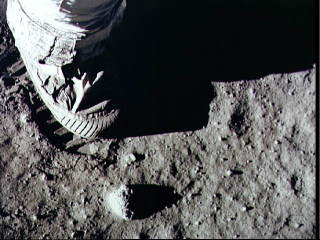
Neil Armstrong's foot on the moon
Neil's
First Step
Back to Neil's step.
With the whole world watching, he
blew his lines. He was supposed to say: "That's one small step for a
man.
But, he left out the "a", resulting in a sentence which is redundant.
Neil says he did say "a", but that it got lost in the transmission.
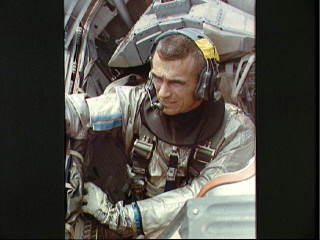
Astronaut Eugene Cernan
"Let's Get This Mother
Out of Here"
"Let's get this mother
out of here," were the
actual last words spoken by an American astronaut, Eugene Cernan, on
the moon.
However, the "official" last words were:
"We leave the moon as
we came, and, God willing, as
we shall return, with peace and hope for all mankind. Godspeed from the
crew of
Apollo 17."
NASA Alien Cover-Up
Star Wars & Satellites
Government Alien Projects
Home Page


|














